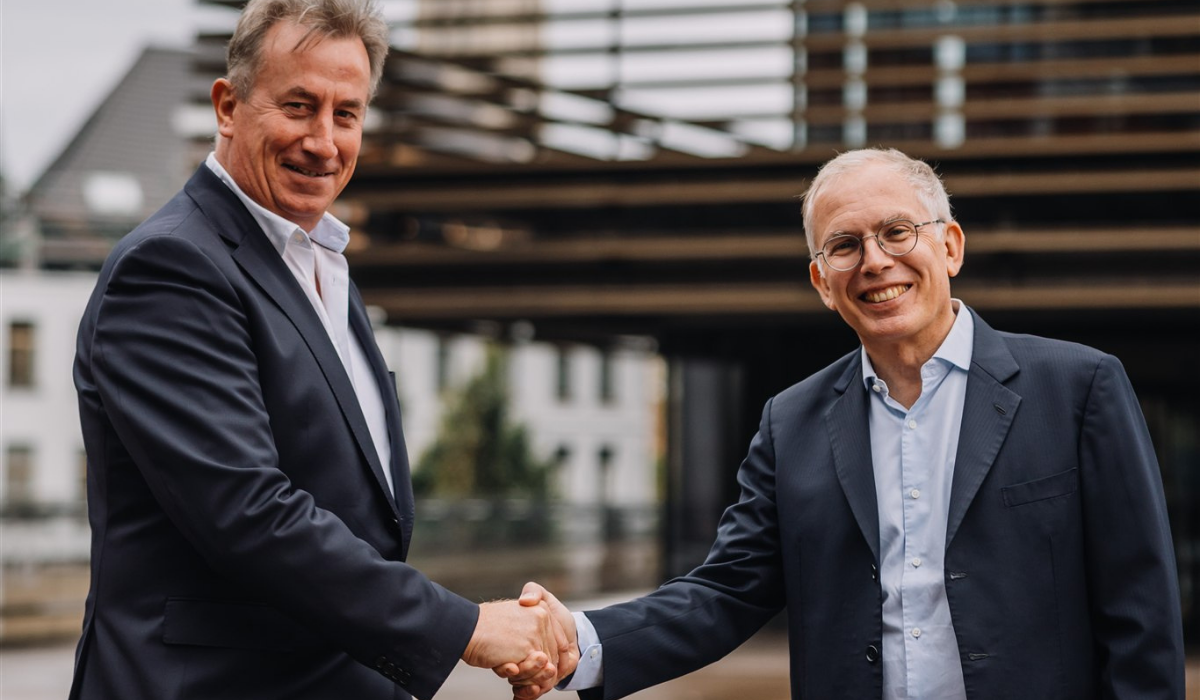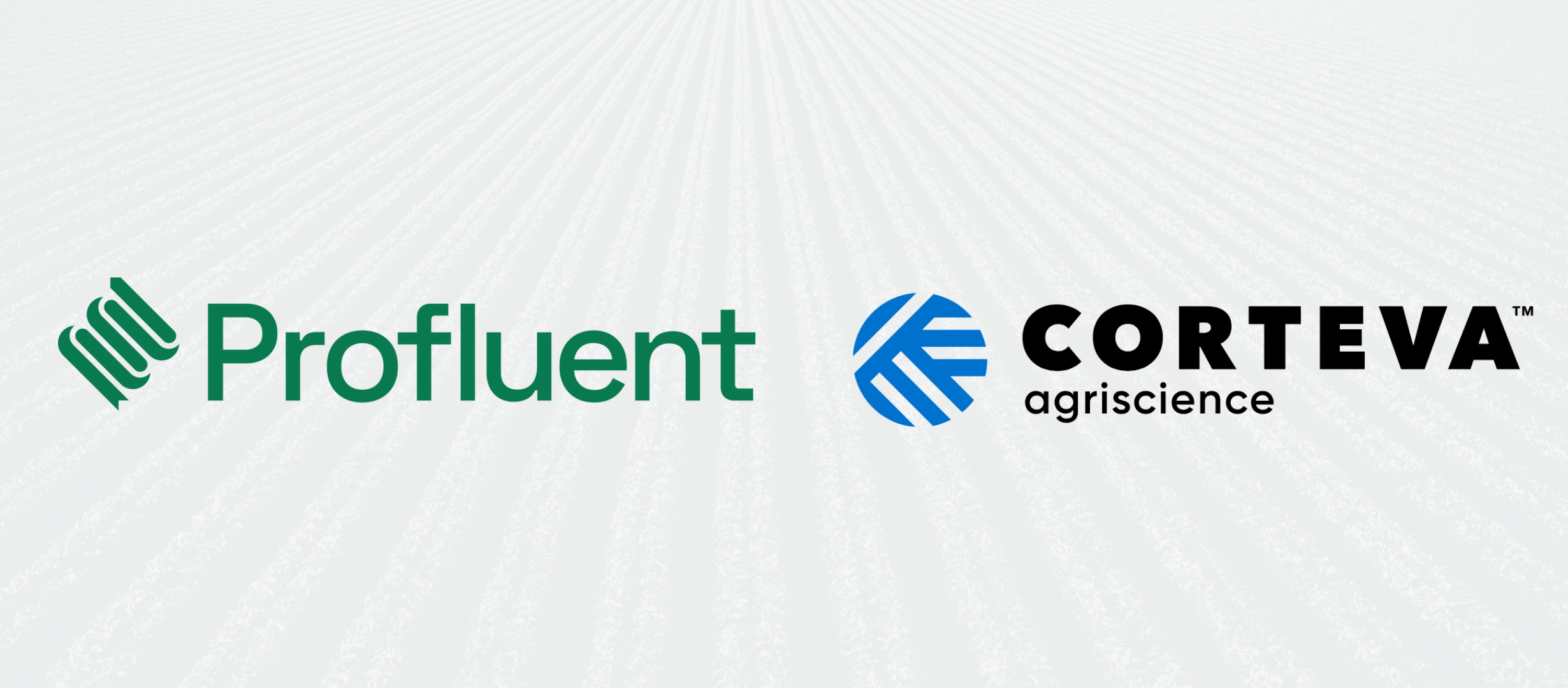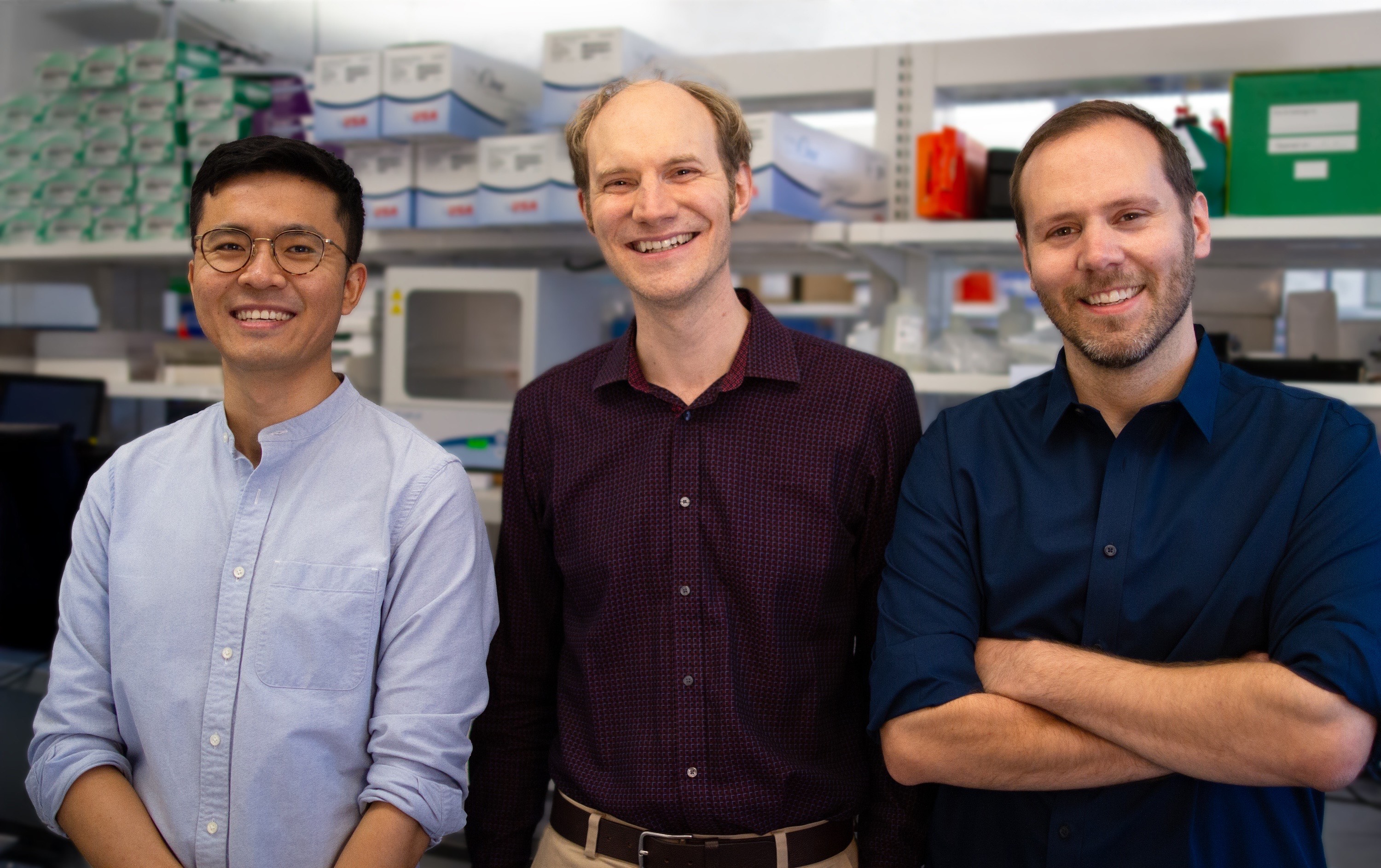Why the future will be written in DNA: An interview with Twist Bioscience's Bill Peck
This sponsored article is made possible by Twist Bioscience, which is accelerating the technology enabling us to store the world’s data in DNA. To learn more about the history and recent advancements in DNA data storage, download Twist’s White Paper.How do we preserve our most important memories and how do we protect them from the ravages of war, nature, and time? Can we build everlasting stories of our shared human experience? What is the modern-day equivalent of the pyramids?A diverse group of historians, investors, and thinkers gathered in Switzerland this September to explore these questions. They were part of UNESCO’s Memory of the World Programme, an effort to safeguard our human heritage by preserving and making accessible the most valuable archives across the world. It helps protect documents, photos, paintings, and movies.A biotechnologist might seem an unlikely participant. But here was Bill Peck, PhD, co-founder and CTO of Twist Bioscience, who has spent most of his career upscaling complex biological manufacturing processes. What does he bring to this conversation?Dr. Peck believes that DNA is nature’s preferred storage medium. “There will be no new technology to replace DNA,” he says. “Nature already optimized the format.”Dr. Peck is part of a collaboration among Twist Bioscience, Microsoft, the University of Washington, EPFL, and the Montreux Jazz Digital Project to store two iconic musical pieces in DNA. The musical pieces will become part of UNESCO’s permanent archive. It’s the first time DNA has been used as a long-term, archival-quality storage medium.Twist’s blog tells the story behind the two songs selected for archiving and their Swiss debut. One can’t help but imagine a room of vaguely cool historians listening to the opening guitar riff on “Smoke on the Water,” Deep Purple’s account of the Casino Barrière burning to the ground during ‘71 Montreux Jazz Festival. Or think of UNESCO archivists coolly considering the back-and-forth between Miles Davis and his keytarist on Tutu from Montreux ‘86, transformed into an acoustic sea of As, Cs, Ts and Gs.I ask if our iPhones will be playing music directly from DNA anytime soon. “A music file would still be expensive to encode, write in DNA, decode, sequence, and convert back into a digital music file,” Dr. Peck says. As DNA reading and writing gets cheaper and cheaper, though, he speculates it may take just a matter of minutes to access huge amounts of data from DNA. For now, Twist is in the business of writing DNA. Peck feels that massive increases in DNA writing capacity matched by massive decreases in synthesis cost will be the catalyst for the DNA data storage market. Once the cost makes this technology accessible to the long-term digital storage market, other markets requiring less latency will follow.
In a typical data center, there are several layers of storage. Flash memory is on top, which provides instantaneous access to information. Hard disks live underneath that. At the bottom are tape drives, which have high latency but store data cheaply with few errors for the longest time. These layers are joined together by machine intelligence that determines the best ways to allocate memory in the immediate, short, and mid- to long-term needs. Digital tapes are now the mainstay of long-term data storage. But as the world’s need for storage grows, a more stable, cost-effective, and long-term layer of storage will be needed, one that extends memory read-write systems into the biological realm. “Your ‘golden backup’ will be in DNA,” Dr. Peck thinks. Unlike flash memory and hard drives, DNA data storage is passive, meaning it doesn’t need a lot of electricity or love to keep it going for centuries, even millennia. It might take a day or two to retrieve a complete restore, but it will always and forever be a lossless, failsafe backup. And if there is any doubt about the need to resort to DNA for storage, think about this: If we were to store all the world’s data in flash memory chips, at the current rate of growth we would run out of the elements needed to produce flash chips in under 25 years. Also consider how data is growing: The Sloan Digital Sky Survey produces about 73,000 GB of data every year, the CERN collider about 50 million GB per year. Life sciences research alone is expected to generate 40 billion GB worth of genomic data within a decade. These are staggering numbers, but DNA counters with similarly mind-boggling capabilities in terms of the amount of data it can store per area of space. DNA can theoretically store 455 exabytes per gram. That means all the world’s data (about 1.8 zettabytes) can fit on a DNA hard drive the size of a teaspoon (there are 1 billion gigabytes per exabyte, 1,000 exabytes per zettabyte). Not only could the world’s data be copied and backed up thousands of times over, but it could also stand the test of time much like mammoth DNA in the tundra. To get people thinking about this, researchers at the University of Washington (UW) collaborated with Twist to establish #MemoriesInDNA, a project that will encode 10,000 photos into DNA. Luis Ceze, a project leader and professor at UW, reports that about 3,000 images have been selected for synthesis so far. The images stored in DNA will live at UW and samples will be provided if other researchers want to work with the dataset. Everyone is welcome to upload a picture.

Earthrise, as seen from Apollo 8 from the lunar surface, now a part of the #MemoriesInDNA project. Courtesy of NASA.“My favorite photo,” Dr. Peck says, “and the one I submitted to #MemoriesInDNA, is Earthrise.” This is the iconic picture of the Earth rising over the Moon, taken in 1968 by the Apollo 8 astronauts. Dr. Peck remembers watching the landing as a kid: “For me, there was a beautiful metaphor in the astronauts’ readings from Genesis as they gazed out onto the whole of human history on a tiny blue spot.”Such elements of preciousness and perspective reverberate beyond the #MemoriesInDNA project, mingling with the whole concept of enshrining both our most cherished memories and the entirety of our human experience in spaces we can hold in the palm of our hand. It’s something that Dr. Peck identifies with personally.“One of my favorite books of all time is Histories by Herodotus, which begins: ‘Herodotus of Halicarnassus here presents his research, so that human achievements may not be forgotten in time,’” Peck says. “And I think that is what #MemoriesInDNA is partly about. We generate so much information, but it all fades with time. And digital data fades quicker than any other medium we’ve recorded human events on.”As DNA data storage makes its way into the mainstream, we might rest a little easier knowing our memories will soon be preserved in the time-tested building blocks of life.###To learn more about the history and recent advancements in DNA data storage, download Twist’s White Paper.CEO Emily Leproust will be speaking at the SynBioBeta 2018 Global Synthetic Biology Summit in San Francisco, October 1–3, as part of the Synthetic Biology Week. Register now!




.svg)









.jpg)

.gif)